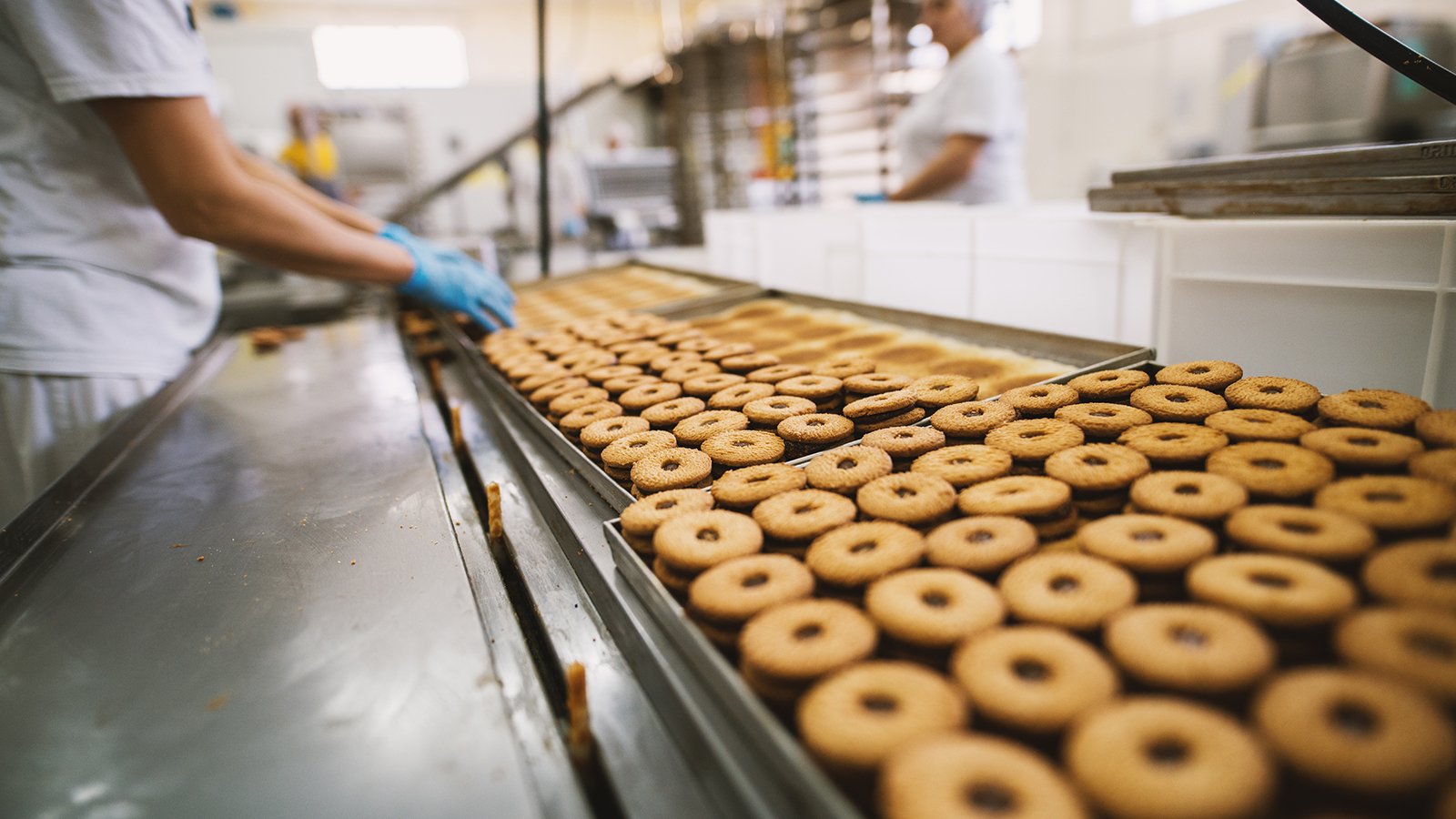Mozilla/5.0 AppleWebKit/537.36 (KHTML, like Gecko; compatible; ClaudeBot/1.0; [email protected])
Desktop
- WypAll® Maintenance eBook
- Washroom Users Insights
- Building Hygiene Culture in a Post-Pandemic World
- Insights from Decision Makers
- Rags vs Wipes Resources
- Replace Dirty Shop Rags
- Transforming Cleaning in Healthcare facilities
- Driving success through change in oil refinery
- Streamlining cleaning protocols
- Tailored solutions for operational excellence

Give Us a Call
-
-
-
- WypAll® Maintenance eBook
- Washroom Users Insights
- Building Hygiene Culture in a Post-Pandemic World
- Insights from Decision Makers
- Rags vs Wipes Resources
- Replace Dirty Shop Rags
- Transforming Cleaning in Healthcare facilities
- Driving success through change in oil refinery
- Streamlining cleaning protocols
- Tailored solutions for operational excellence
-
-










































